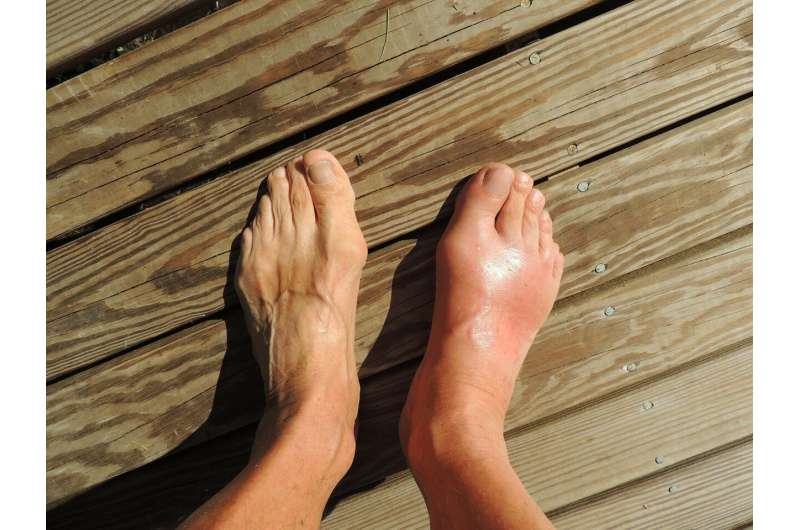Innovative Approaches to Gout Management

New research highlights innovative strategies in gout management, focusing on urate-lowering therapies to reduce cardiovascular risks and improve patient outcomes.
Recent advancements in gout management have introduced promising strategies aimed at improving patient outcomes and reducing associated health risks. Gout, a form of inflammatory arthritis characterized by sudden and severe attacks of pain, redness, and swelling in the joints, has been linked to increased cardiovascular risk, emphasizing the importance of effective treatments.
A key focus has been on serum urate levels, as elevated uric acid is central to gout development. Evidence suggests that targeting serum urate levels to below 360 μmol/L within the first year of urate-lowering therapy (ULT) can decrease the likelihood of major adverse cardiovascular events (MACE). A comprehensive study utilizing data from English and Swedish primary care, hospitalization, and mortality records involving over 116,000 patients found that those who achieved the urate target had better five-year survival rates free from cardiovascular complications. Notably, the benefit was more significant in individuals aged over 65, and those who reached the urate goal experienced fewer gout flares.
Emerging therapies are also on the horizon. Pozdeutinurad (AR882), a novel and selective URAT1 inhibitor, has demonstrated sustained reduction in serum urate levels, significant decrease in gouty tophi, and overall urate crystal deposition. Long-term safety data from Phase II trials indicated that most adverse events were mild or moderate, with gout flare being the most common shortly after treatment initiation, but with a decreasing trend over time.
Similarly, ruzinurad, another URAT1 inhibitor, has shown superior urate-lowering effects compared to allopurinol in Phase III trials. After 16 weeks, a higher proportion of patients in the ruzinurad group achieved target urate levels, with these benefits maintained over a 52-week period. The safety profile was generally acceptable, though some adverse events such as gout flares and increased blood enzymes were observed.
These developments highlight the ongoing evolution of gout treatment strategies, focusing on controlling uric acid levels not only to manage gout symptoms but also to potentially mitigate cardiovascular risks. Researchers continue to explore combination therapies and novel agents, aiming to provide more effective and safer options for patients.
For more detailed information, see the original studies presented at EULAR 2025.
Source: https://medicalxpress.com/news/2025-06-ideas-gout.html
Stay Updated with Mia's Feed
Get the latest health & wellness insights delivered straight to your inbox.
Related Articles
Impact of Marijuana Legalization on Traditional Prescription Drug Use
Research reveals that recreational cannabis legalization has led to a significant reduction in prescription drug claims in small insurance markets, highlighting shifting healthcare patterns.
Significant Disparities in Alzheimer's Infusion Therapy Access Raise Alarm
Research highlights significant disparities in access to lecanemab, an Alzheimer's infusion therapy, among different demographic groups, raising concerns about healthcare equity.



